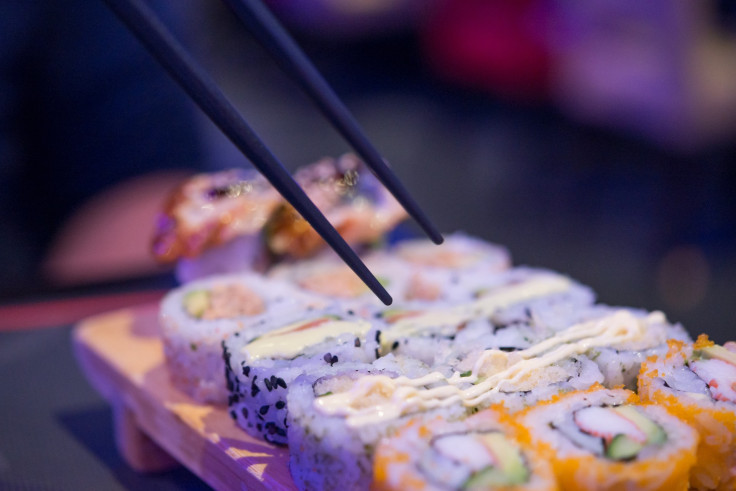Japanese Diet May Slow Progression Of Fatty Liver Disease; 3 Foods That Suppress Liver Fibrosis
The traditional Japanese diet made up of high-quality food items such as whole, plant-based foods and seafood could help slow the progression of non-alcoholic fatty liver disease (NAFLD), a new study has found.
Why is the Japanese diet healthy?
The Japanese diet mainly comprises fresh and unprocessed food with very few refined ingredients, saturated fats and sugar.
Earlier studies have shown that people following the Japanese diet have a reduced risk of cardiovascular disease and stroke as their diet is rich in soy and fish.
Okinawa, an island in southernmost Japan, has the highest number of centenarians in the world. The low-calorie nutritious diet may be the secret behind the long life expectancy and lower rates of obesity among the Japanese.
Studies have shown the Japanese population is at the lowest risk of age-related diseases such as diabetes, cancer, arthritis and Alzheimer's.
Here are some known benefits of the Japanese diet:
- It improves digestion - Seaweed, soybeans, fruits and vegetables are rich sources of fiber that aids digestion. Pickled fruits and vegetables are a good source of probiotics.
- It is a nutrient-rich diet - The Japanese diet is naturally rich in minerals, nutrients such as omega-3 fats and antioxidants
- It helps to maintain a healthy weight - Natural low-calorie food, along with the Japanese pattern of eating until they are 80% full, prevents overeating and helps in creating the calorie deficit needed for weight loss.
Apart from the diet, the Japanese eating pattern also helps in maintaining good health. Eating from a small bowl with several different dishes rather than a large plate helps to stimulate the senses. They follow the ideology of "flexible restraint" that allows eating snacks and treats in small portions occasionally.
Japanese diet and NAFLD:
NAFLD is defined as a range of conditions caused by fat build-up in the liver. The condition increases the risk of health issues such as diabetes, high blood pressure and kidney disease. The most common cause of NAFLD is obesity.
Researchers from Osaka Metropolitan University Hospital in Japan evaluated NAFLD progression and diet of 136 patients based on their adherence to the 12-component Japanese Diet Index (mJDI12).
Here are the 12 components of the Japanese Diet Index:
- rice
- miso soup
- pickles
- soy products
- green and yellow vegetables
- fruits
- seafood
- mushrooms
- seaweed
- green tea
- coffee
- beef and pork
Researchers found that a higher score of mJDI12 was linked with slower progression of NAFLD. The progression of liver fibrosis was significantly suppressed in people who took more soy, seafood and seaweed and they had higher muscle mass.
"This study indicates that the Japanese diet pattern may be effective as a dietary treatment for NAFLD patients. We hope that further intervention studies will lead to the establishment of an effective diet for those patients," said associate professor Yoshinari Matsumoto, who led the research.

Published by Medicaldaily.com



























